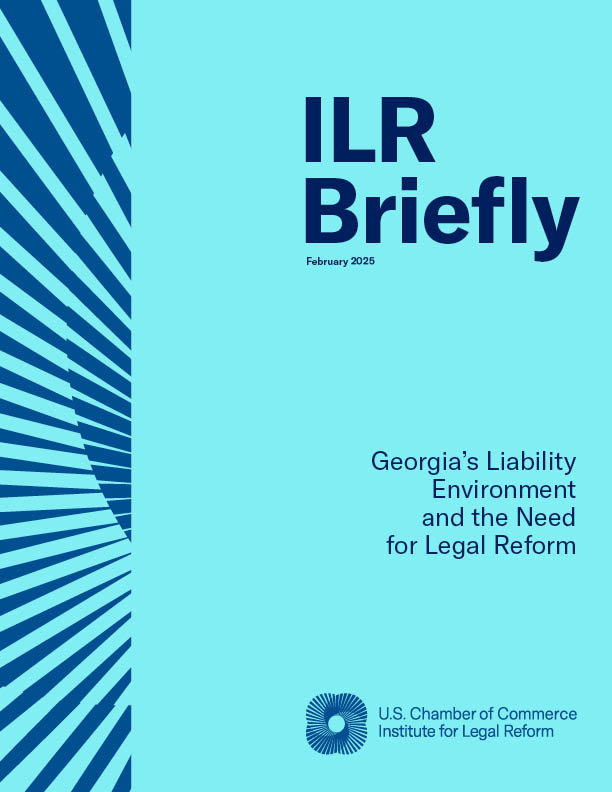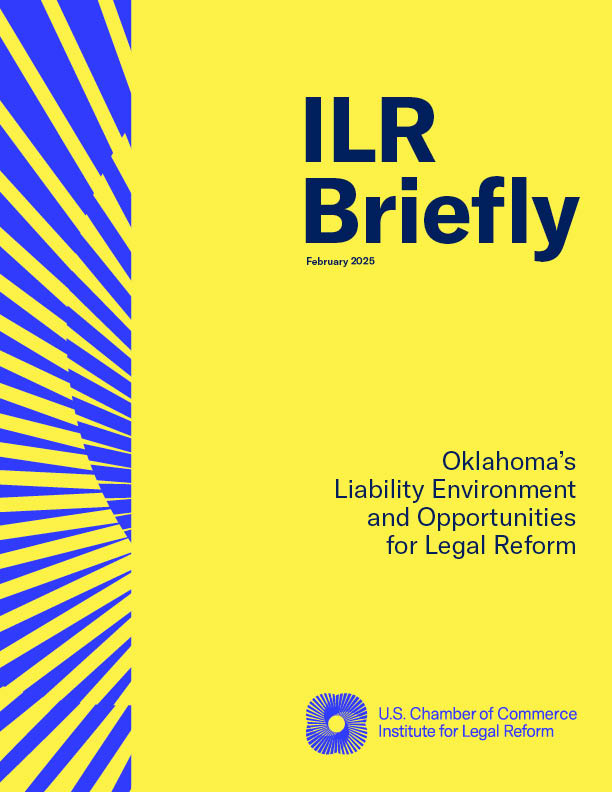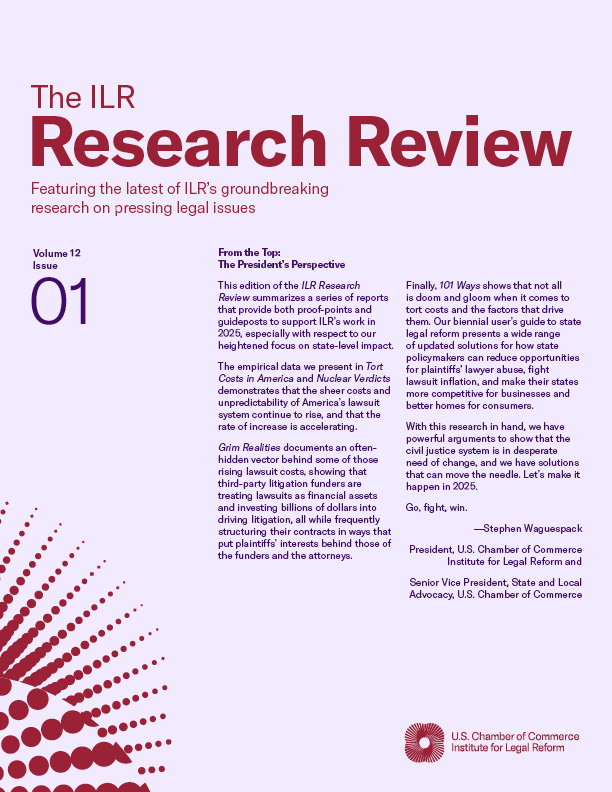Third Party Litigation Funding (“TPLF”) is the arrangement through which litigation costs are paid for by a party unconnected to a dispute, in exchange for an agreed percentage of any recovery.
As the TPLF industry in England and Wales continues to rapidly expand, it still lacks safeguards and any government oversight. The top sixteen TPLF providers in the United Kingdom now have approximately £1.5 billion in assets under management. The TPLF industry is also steadily diversifying, with litigation financial arrangements increasingly available in smaller cases, as well as in mass-action and consumer cases.
While proponents of TPLF tout advantages for claimants, such as providing an alternative method of financing potentially costly disputes, the industry also gives rise to complex ethical and legal concerns.
Funders who finance litigation for profit have an interest in the protection of their investments. But allowing this practice to become a dominant interest in litigated cases will distort justice, and lead to unjust and undesirable outcomes.
It is clear that appropriate safeguards and meaningful oversight of the TPLF industry are needed so that litigation funders’ investments are balanced against a number of other equally, if not more, important interests, such as the need for a just outcome, fairness to both parties, transparency and respect for the court’s role.
Part I of this paper explores some of the overarching themes and issues regarding TPLF and why meaningful oversight is desirable and could be achieved. Part II considers some specific ethical and practical issues related to the use of TPLF in litigation, including: 1) capital adequacy; 2) ethical issues: fiduciary duties, control, conflicts of interest and withdrawal; 3) incentives and limits on recovery; 4) responsibility for adverse costs; and 5) disclosure and transparency. Finally, Part III considers issue-specific legislation alternatives and identifies some of the options for an oversight structure, including through financial or legal services structures.
View PDF


